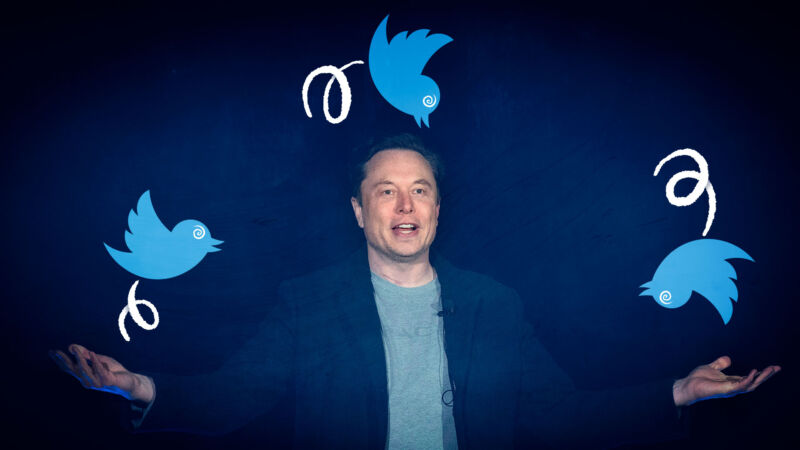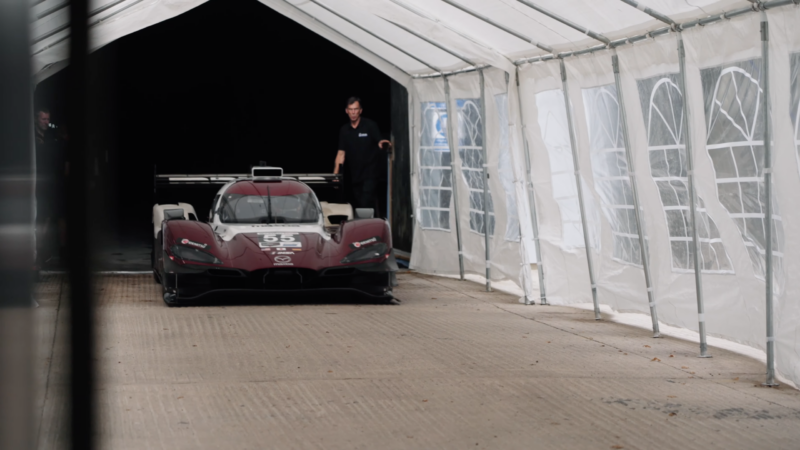
Enlarge / Eight terminally ill teens in hospice cope with their fate by telling scary stories in The Midnight Club (credit: Netflix)
If you're looking for a solid, binge-worthy scary series this Halloween, you could do a lot worse than The Midnight Club, the latest Netflix horror series from Mike Flanagan (Haunting of Hill House, Haunting of Bly Manor, Midnight Mass). Based on the young adult horror novel of the same name by Christopher Pike, it mines the haunting specter of human mortality for its chills and thrills and ends up being both an entertaining horror story and a moving reflection on how we all cope differently with the harsh truth of our finite lives.
(WARNING: Major spoilers for the 1994 book below. We'll give you another heads-up when we get to major spoilers for the TV series.)
The novel features seven terminally ill teenaged residents of the fictional Rotterdam Home hospice who are facing the prospect of their own imminent deaths. There are regular therapy sessions, but the teens find an even better way to cope with their fate. They meet at midnight every night in the library to tell scary stories. (If you're thinking it sounds like a ripoff of Scary Stories To Tell in the Dark, think again. Flanagan and Pike are both too smart for that.) Eventually, the teens make a pact that whichever of them dies first will attempt to communicate with the others from the Beyond—just to let them know what it's like, so they're better prepared. Then the first member of the group does indeed die.













































